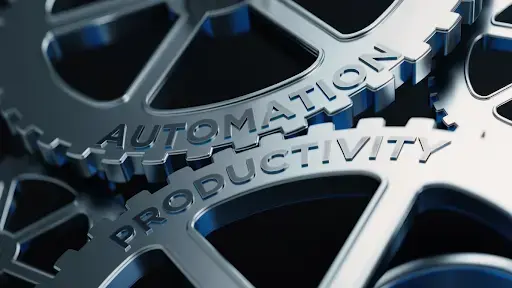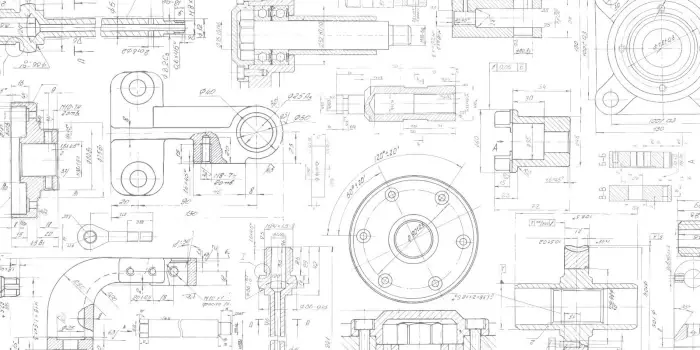The Benefit of Implemented Integrated Process Systems
Have you ever wondered how to make every part of your manufacturing process work flawlessly? With Integrated Process Systems (IPS), we're talking...
3 min read
MXD Process Sep 13, 2024 9:41:38 AM
Demand for fast production and quick time to market is higher than ever. However, the product must also be flawless and error-free – the solution – leveraging robotics to improve efficiency and increase productivity.
Enter manufacturing process automation software.
Manufacturing process automation simply automates processes that typically require manual interaction. It uses technology such as robotics, AI, and software to control machinery, manage workflows, and execute manufacturing tasks while eliminating the need for human supervision.
How does manufacturing process automation work? Let’s dive in.
To effectively implement manufacturing process automation, following a structured approach is necessary. Let’s dive into each step:
Without knowing your setup's current state, implementing automation will be impossible. Therefore, the first step is to assess your current manufacturing process thoroughly.
In this step, you’ll analyze production workflow and identify inefficiencies, bottlenecks, and repetitive tasks that can be optimized through automation.
With any project, clear goals are essential. These goals should be SMART goals to ensure they’re actionable and aligned with the overall business objectives.
For example, your automation goal may be to reduce production lead times by a certain percentage, improve product quality through consistent output, or lower operational costs by minimizing waste. By defining these clear goals, your business can measure the success of automation and highlight areas for improvement.
There are several types of automation technology to choose from, including:
Several factors, including the technology's scalability, ability to integrate seamlessly with existing systems, and long-term capabilities, should be considered when considering a range of options.
Unfortunately, finding the perfect solution with one quick answer isn’t possible. However, our team of process engineering experts are happy to assist.
A comprehensive implementation plan is essential for successfully integrating automation technologies into manufacturing processes.
This plan should outline every step from manual to automated systems, including budgets, resource needs, and timeframes. Additionally, the plan should account for potential risks and challenges the business may face.
While every plan can go off the rails, it’s important to consider any potential problems you may encounter during implementation.
In this step, you’ll perform a practical test run to identify potential issues and fine-tune the system before deploying automation.
During this phase, it’s essential to monitor key metrics such as cycle time, error rates, throughput, and system reliability to assess the effectiveness of the automation. Combining this data with feedback from longstanding employees will help you get ideas of any unforeseen challenges you may encounter.
This step involves deploying the automation technologies and solutions refined during the pilot phase to all relevant production areas.
To ensure a smooth rollout, a detailed deployment plan that includes timelines, staff training programs, and support resources is essential. Training is critical at this stage to familiarize employees with the new systems and processes and help them understand how to operate and interact effectively with automation tools.
Once automation systems are fully deployed, continuous monitoring is essential to track performance, identify any deviations or inefficiencies, and promptly address issues.
Process automation is not just about replacing human labor with machines or software; it's about optimizing your entire manufacturing operation to be more efficient, reliable, and scalable.
Here’s why embracing process automation can be a game-changer for your business:
For repetitive tasks, automation eliminates the variability that humans inevitably have, promoting consistency across all products.
For complex and intricate tasks, automation can significantly reduce errors that might occur due to fatigue or lack of attention, leading to higher-quality outputs.
Automated processes operate at speeds humans can’t match and allow for continuous, around-the-clock operation. This maximizes machine utilization and capacity, ensuring you’re always ready for peak productivity.
Automated systems maintain tight control over production parameters, such as temperature, pressure, and timing, ensuring that every product meets predefined quality standards. Additionally, this software can quickly detect deviations from the norm and automatically adjust operations to maintain quality.
As a team of in-house mechanical, chemical, and electrical engineers – we’ve got you covered. Whether you’re just starting your journey to automation or full-scale production, our team is happy to assist you.
Have you ever wondered how to make every part of your manufacturing process work flawlessly? With Integrated Process Systems (IPS), we're talking...

AI is changing the way we manufacture in nearly every industry. It’s helping us work more efficiently and reduce human error – but it comes with an...

1 min read
Are you having trouble communicating with different team members about an operational process? Not understanding where something goes in your...